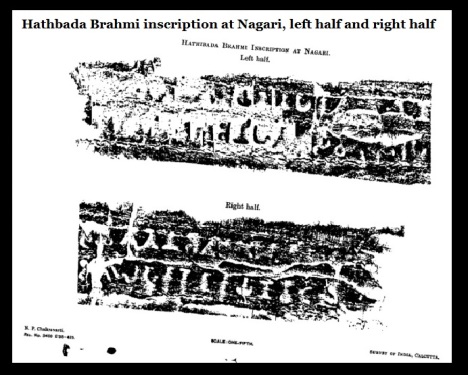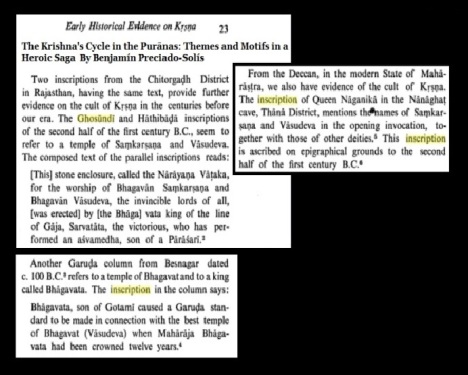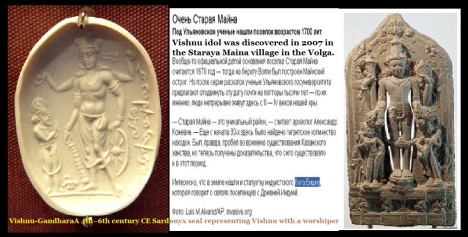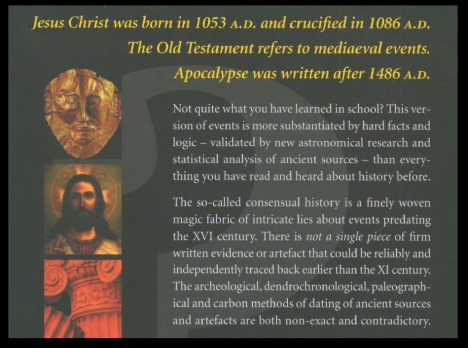The Hathibada Ghosundi Inscriptions, sometimes referred simply as the Ghosundi Inscription or the Hathibada Inscription, are among the oldest known Sanskrit inscriptions in the Brahmi script, and dated to the 1st-century BCE. The Hathibada inscription were found near Nagari village, about 8 miles (13 km) north of Chittorgarh, Rajasthan, India, while the Ghosundi inscription was found in the village of Ghosundi, about 3 miles (4.8 km) southwest of Chittorgarh. They are linked to Vaishnavism tradition of Hinduism.
| Hathibada Ghosundi Inscriptions | |
|---|---|
 Fragment C of the Hathibada Ghosundi Inscriptions, in Sanskrit. 1st century BCE. | |
| Material | Stone |
| Writing | Sanskrit |
| Created | 1st Century BCE |
| Discovered | 24.967°N 74.683°E |
| Place | Nagari (Chittorgarh), Rajasthan |
| Present location | Government Museum, Udaipur |
Contents
DescriptionEdit
Dated to the 1st-century BCE, the Hathibada Ghosundi Inscriptions are among the oldest known Sanskrit inscriptions in Brahmi script from the Hindu tradition of ancient India, particularly Vaishnavism.[1][2] Some scholars, such as Jan Gonda, have dated these to the 2nd century BCE.[3][4]
The Hathibada Ghosundi Inscriptions were found in the same area, but not exactly the same spot. One part was discovered inside an ancient water well in Ghosundi, another at the boundary wall between Ghosundi and Bassi, and the third on a stone slab in the inner wall of Hathibada. The three fragments are each incomplete, but studied together. They are believed to have been displaced because the Mughal emperor Akbar during his seize of Chittorgarh camped at Nagari, built some facilities by breaking and reusing old structures, a legacy that gave the location its name "Hathi-bada" or "elephant stable". The part discovered in the Hathibada wall has the same style, same Brahmi script, and partly same text as the Ghosundi well text, thereby suggesting a link.[5][6]
The inscription is significant not only for its antiquity but as a source of information about ancient Indian scripts, the society, its history and its religious beliefs.[5] It confirms the ancient reverence of Hindu deities Samkarshana-Vasudeva (also known as Balarama-Krishna), an existence of stone temple dedicated to them in 1st-century BCE, the puja tradition, and a king who had completed the Vedic Asvamedha sacrifice.[1][7][8] Taken together with independent evidence such as the Besnagar inscription found with Heliodorus pillar, the Hathibada Ghosundi Inscriptions suggest that one of the roots of Vaishnavism in the form of Bhagavatism was thriving in ancient India between the 2nd and 1st century BCE.[7][9] They are not the oldest known Hindu inscription, however. Others such as the Ayodhya Inscription and Nanaghat Cave Inscription are generally accepted older or as old.[2][10]
InscriptionEdit
The discovered inscription is incomplete, and has been interpolated based on Sanskrit prosody rules. It reads:[5]
Fragment A1 ..... tena Gajayanena P(a)rasarlputrena Sa-
Fragment C
2 ..... [j]i[na] bhagavabhyam Samkarshana-V[a]sudevabhya(m)
3 ......bhyam pujasila-prakaro Narayana-vat(i)ka.
Fragment B
1. ....[tr](e)(na) Sarvatatena As[v]amedha....
2 .....sarvesvarabh(yam).1 ....vat(ena) [Ga]j(a)yan[e]na P(a)r(asaripu)t(re)na [Sa](r)[vata]tena As(vame)[dha](ya)- [j](ina)
2 ....(na)-V(a)sudevabh[y]a(m) anihata(ohyam) sa(r)v(e)[s]va[r](a)bh(yam) p(u)[j](a)- [s](i)l(a)-p[r]a[k]aro Nar[a]yana-vat(i)[k](a).– Ghosundi Hathibada Inscriptions, 1st-century BCE[5]
ExtrapolationEdit
Bhandarkar proposed that the three fragments suggest what the complete reading of fragment A might have been. His proposal was:
Fragment A (extrapolated)
1 (Karito=yam rajna Bhagava)tena Gajayanena Parasariputrena Sa-
2 (rvatatena Asvamedha-ya)jina bhagava[d*]bhyaih Samkarshana-Vasudevabhyam
3 (anihatabhyarh sarvesvara)bhyam pujasila-prakaro Narayana-vatika.
TranslationsEdit

Bhandarkar – an archaeologist, translates it as,
(This) enclosing wall round the stone (object) of worship, called Narayana-vatika (Compound) for the divinities Samkarshana-Vasudeva who are unconquered and are lords of all (has been caused to be made) by (the king) Sarvatata, a Gajayana and son of (a lady) of the Parasaragotra, who is a devotee of Bhagavat (Vishnu) and has performed an Asvamedha sacrifice.
– Ghosundi Hathibada Inscriptions, 1st-century BCE[5]
Harry Falk – an Indologist, states that the king does not mention his father by name, only his mother, and in his dedicatory verse does not call himself raja (king).[12] The king belonged to a Hindu Brahmin dynasty of Kanvas, that followed the Hindu Sungas dynasty. He translates one of the fragments as:
adherent of the Lord (bhagavat), belonging to the gotra of the Gajayanas, son of a mother from the Parasara gotra, performer of an Asvamedha.[12]
Benjamín Preciado-Solís – an Indologist, translates it as:
[This] stone enclosure, called the Narayana Vatika, for the worship of Bhagavan Samkarsana and Bhagavan Vasudeva, the invincible lords of all, [was erected] by [the Bhaga]vata king of the line of Gaja, Sarvatata, the victorious, who has performed an asvamedha, son of a Parasari.[13]






















